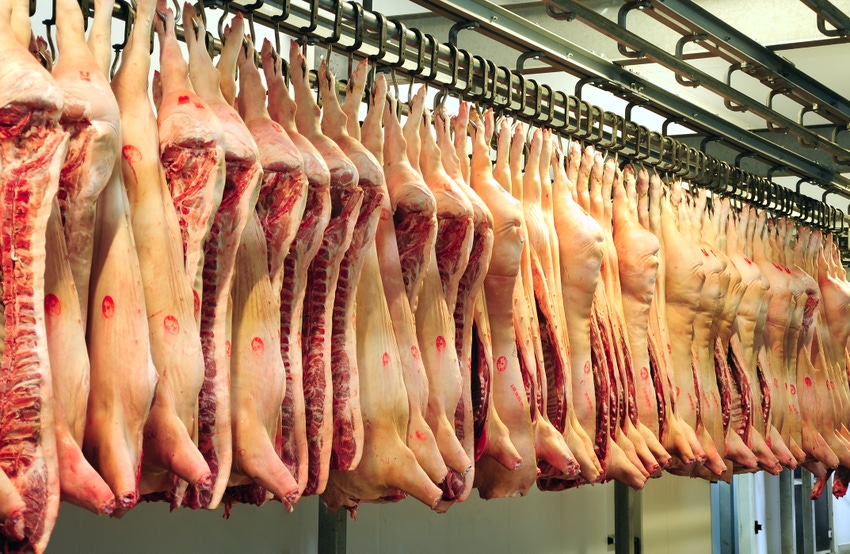Opportunities for U.S. chilled pork in Hong Kong expanding
Number of live hogs brought into Hong Kong from China dropped by about 50%, causing shortage of local fresh pork.

A decline in Hong Kong’s fresh pork supply due to African swine fever (ASF) is creating new opportunities for the U.S. pork industry, according to the U.S. Meat Export Federation (USMEF). Utilizing funding support from the National Pork Board and the U.S. Department of Agriculture's Market Access Program, USMEF recently announced plans to fill the gap in Hong Kong’s growing fresh pork supply with U.S. chilled pork.
“Despite many of its neighbors slowly moving toward a chilled pork supply chain, Hong Kong consumers have remained steadfast over their preference for fresh, hot pork, and they’ll pay a premium for it above both frozen and chilled pork,” said Joel Haggard, USMEF senior vice president for the Asia Pacific.
After ASF, however, Haggard said the number of live hogs brought into Hong Kong from China dropped by about 50% -- to below 2,000 head per day. This has caused a shortage of local fresh pork, and the fresh product still available is being sold at much higher prices.
Haggard noted that the opportunity could benefit the U.S. industry in both the near and distant future as more consumers adapt to chilled pork. More than 100 supermarkets in Hong Kong are now selling U.S. chilled pork, along with some of the city's traditional wet markets.
At a press conference, USMEF president and chief executive officer Dan Halstrom explained the benefit of moving more vacuum-packaged U.S. chilled pork into the Hong Kong market, pointing to the success chilled products have achieved in other Asian countries such as Japan and South Korea.
“What chilled product can do that frozen product typically cannot is encourage a 52-week-per-year program business opportunity,” Halstrom said. “Frozen pork can be stored, and importers can hold onto it. High-quality chilled product is meant to be moved consistently, week in and week out. The goal is to establish a supply chain and continue to grow the chilled pork segment.”
The press conference highlighted the establishment of a new U.S. chilled pork supply chain that will make U.S. chilled pork readily available at less cost to consumers than the current prices for fresh pork. Haggard said some U.S. items could be also priced lower than chilled products from competing suppliers like Thailand, Australia and China.
According to USMEF, there are challenges to establishing the supply chain — e.g., it takes a few more days to ship to Hong Kong than to Japan and Korea — but the U.S. industry is aggressively stepping up to address these issues.
“Wet market vendors in Hong Kong still need to be taught how to handle vacuum-packaged chilled product,” Haggard said. “We are just getting started, and getting product that last mile to the many small outlets in Hong Kong’s meat sales environment is a challenge.”
Changing consumption
Haggard, a longtime resident of Hong Kong, said it is obvious that ASF is going to change meat consumption patterns and animal protein consumption patterns throughout all of Asia.
“Most people responded [to ASF] by saying they were eating less pork. About 80% of respondents said high prices were the driving factor,” he explained.
Referring to his personal experiences in the region, Haggard noted that frozen product is taking the place of fresh meat in the retail sector. He said introducing and promoting U.S. chilled pork is something USMEF has actively strived for in the past, but the current situation is very favorable for a product launch.
“We’ve been asking ourselves if we can put together a chilled pork supply chain to take the place of fresh pork,” he said. “Can we do it? USMEF is confident we can. We have price on our side, and the surveys show that consumers really like our product. The consumer side is going to work, but the supply chain side is what we have to perfect.”
About the Author(s)
You May Also Like





